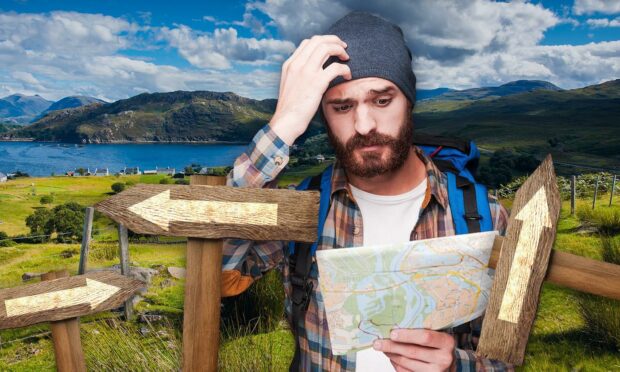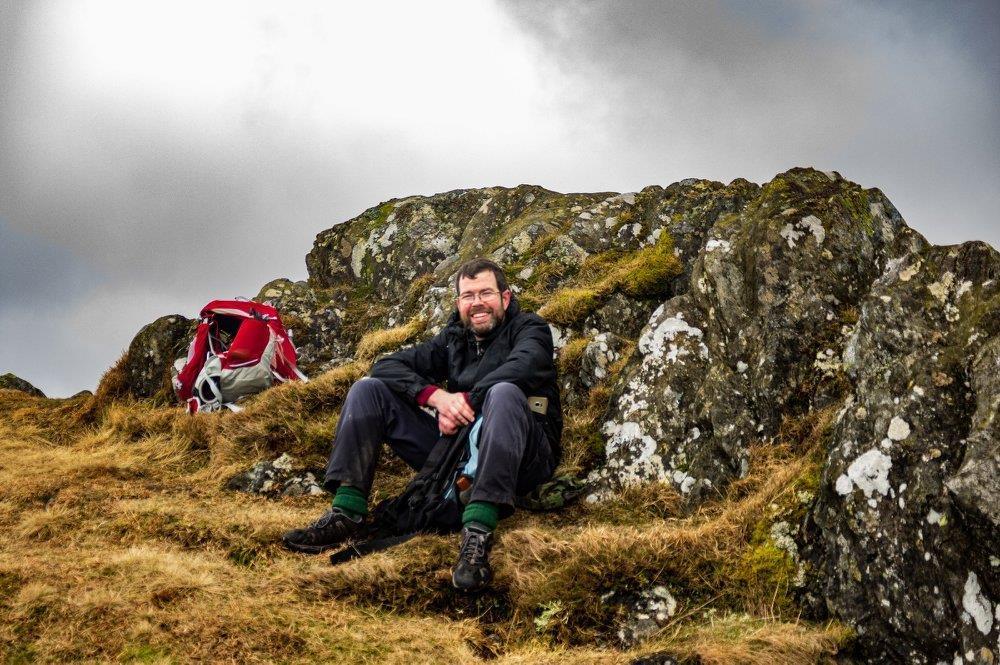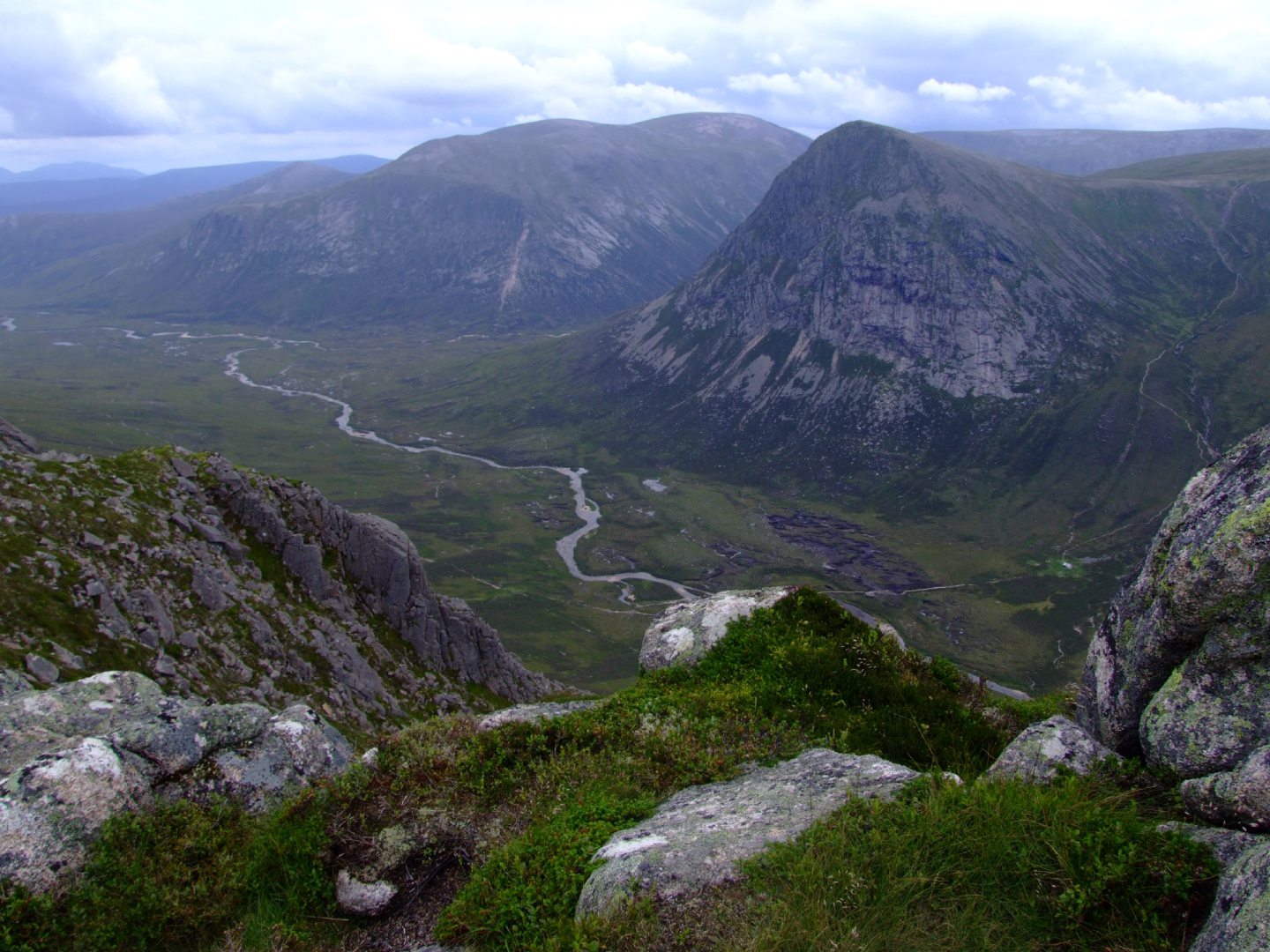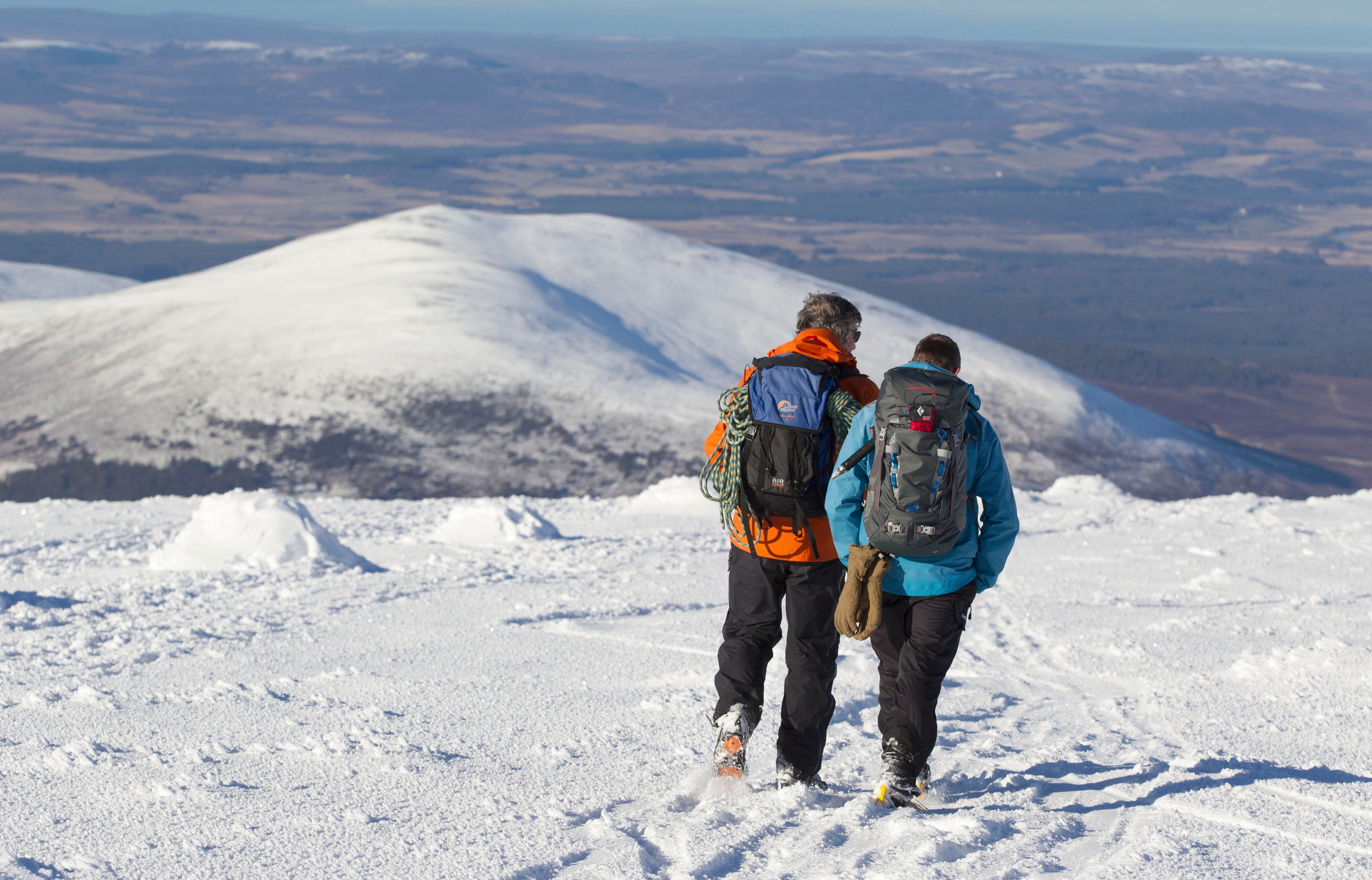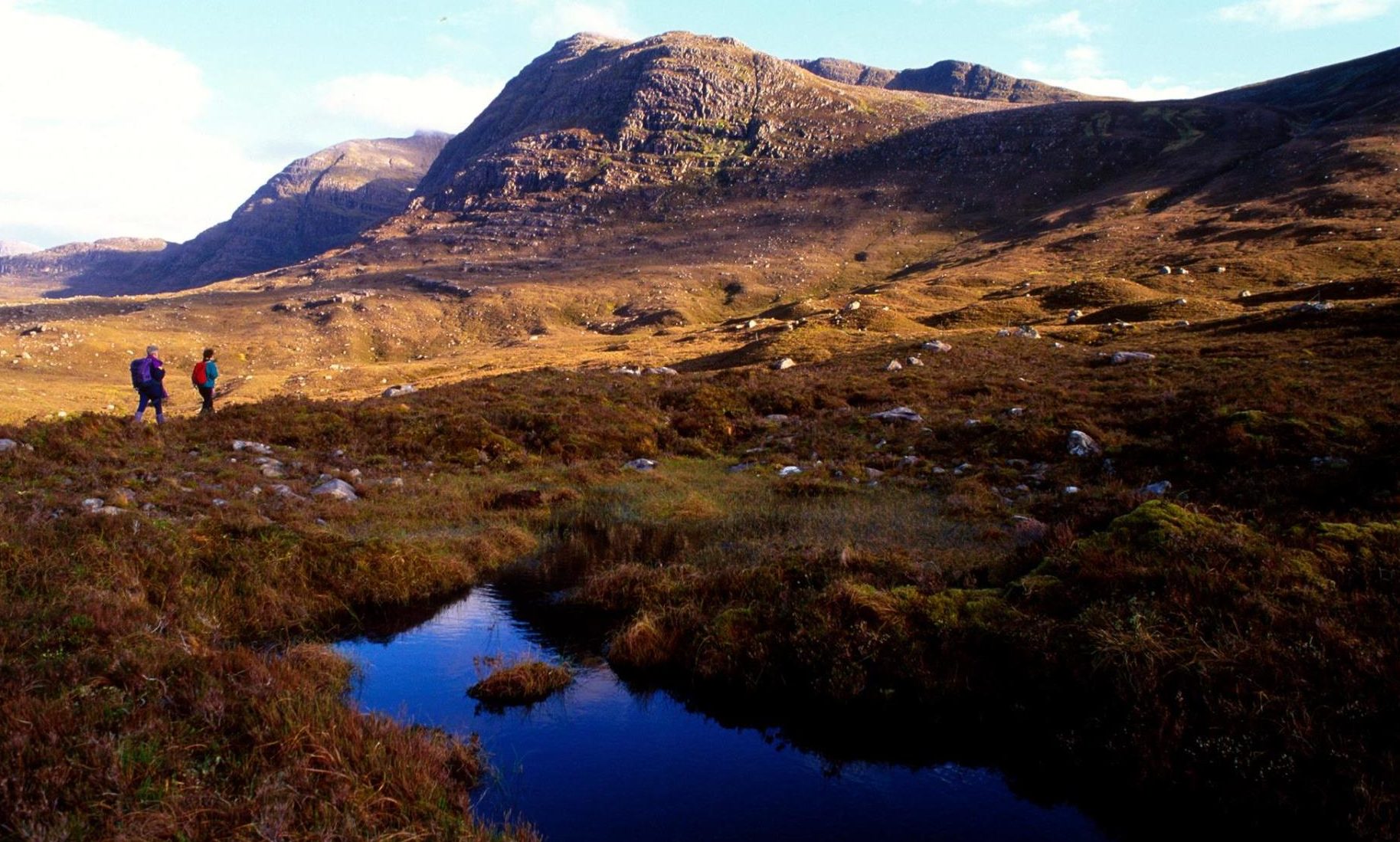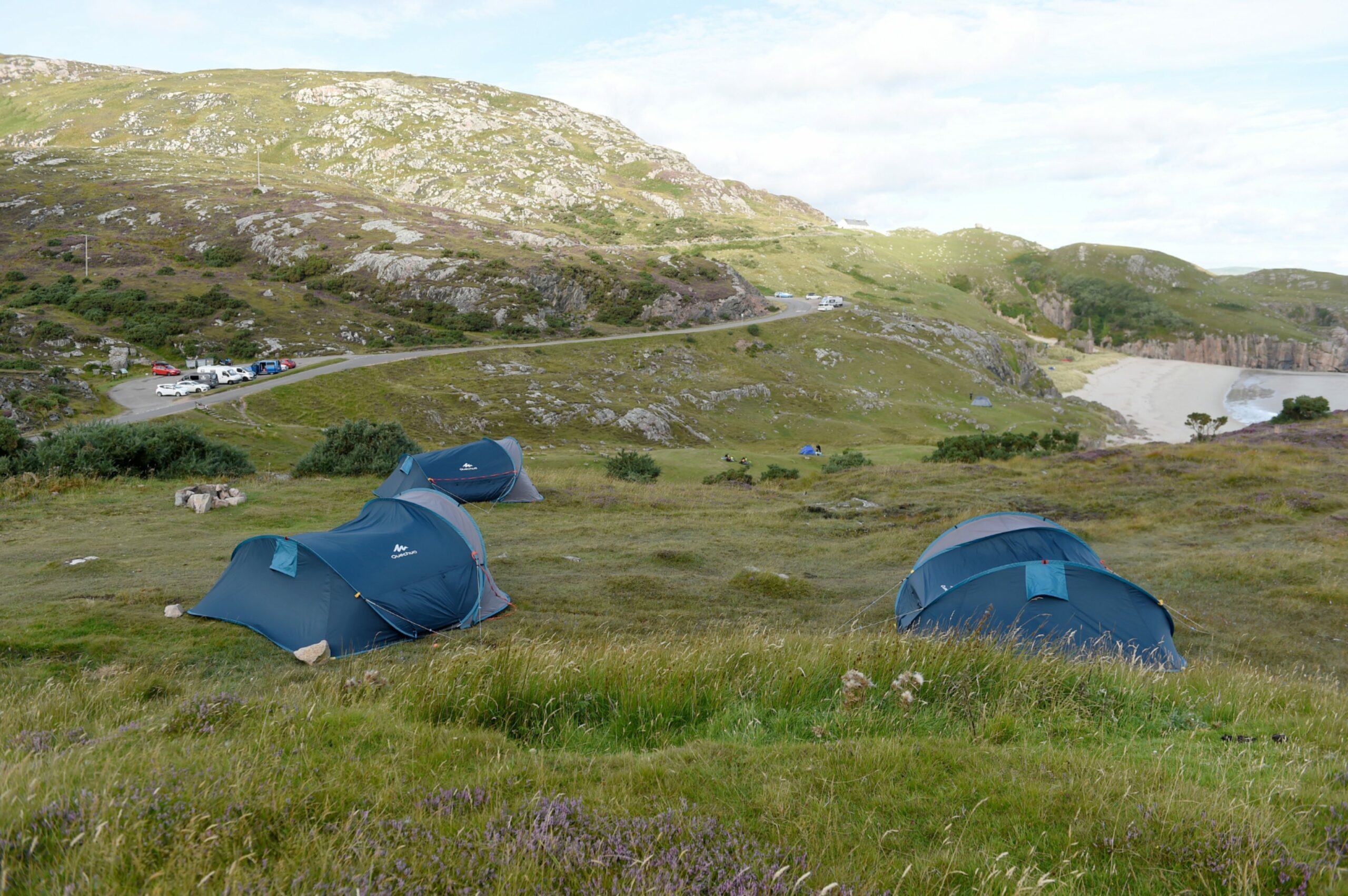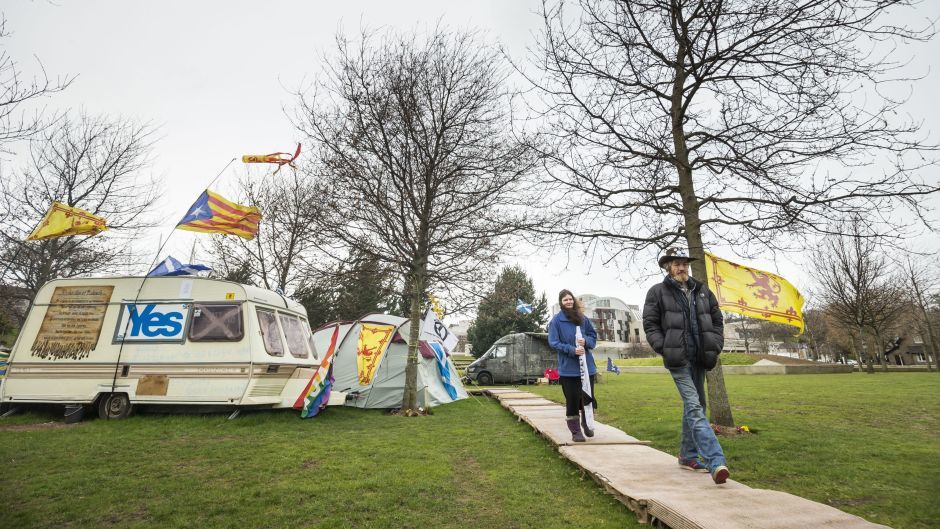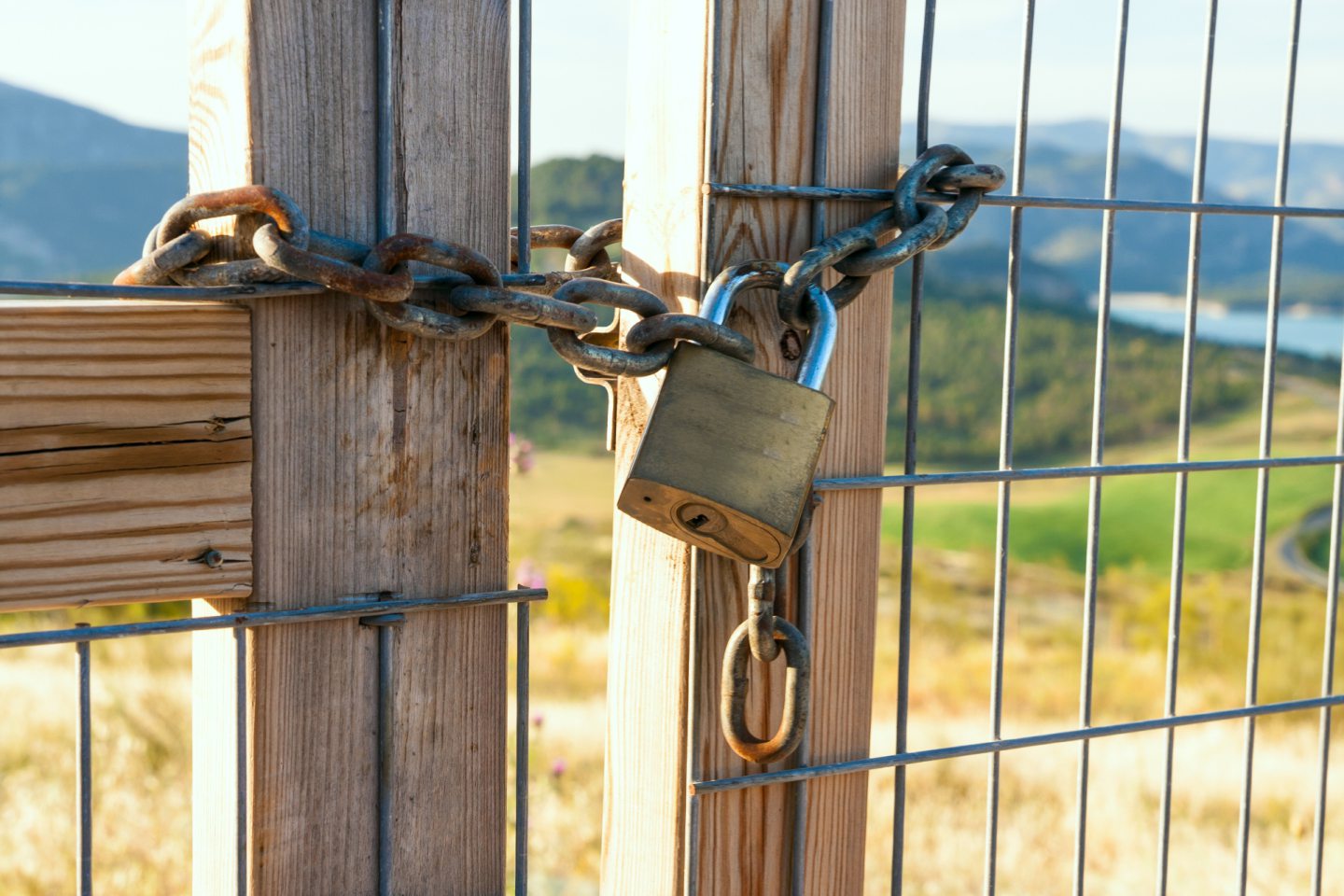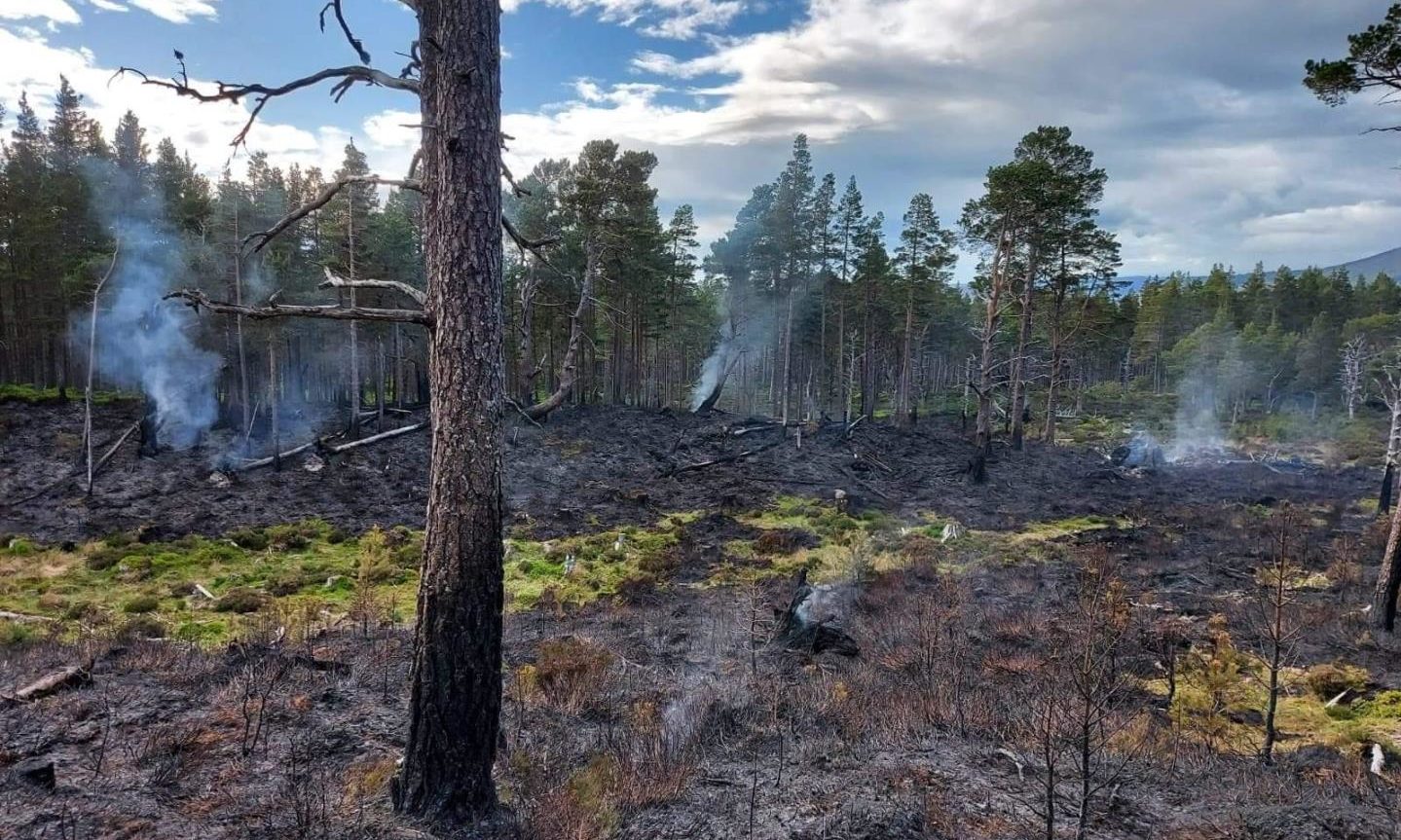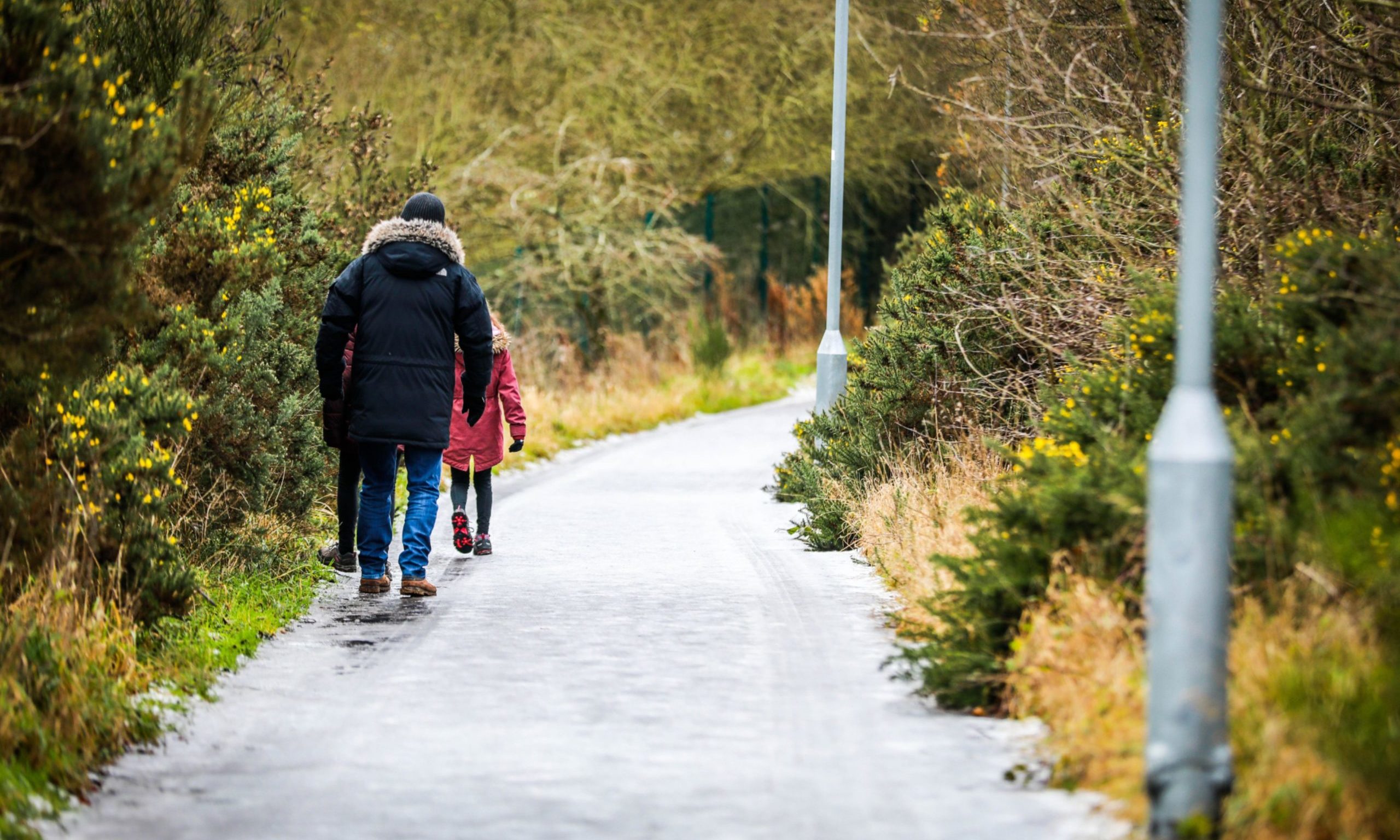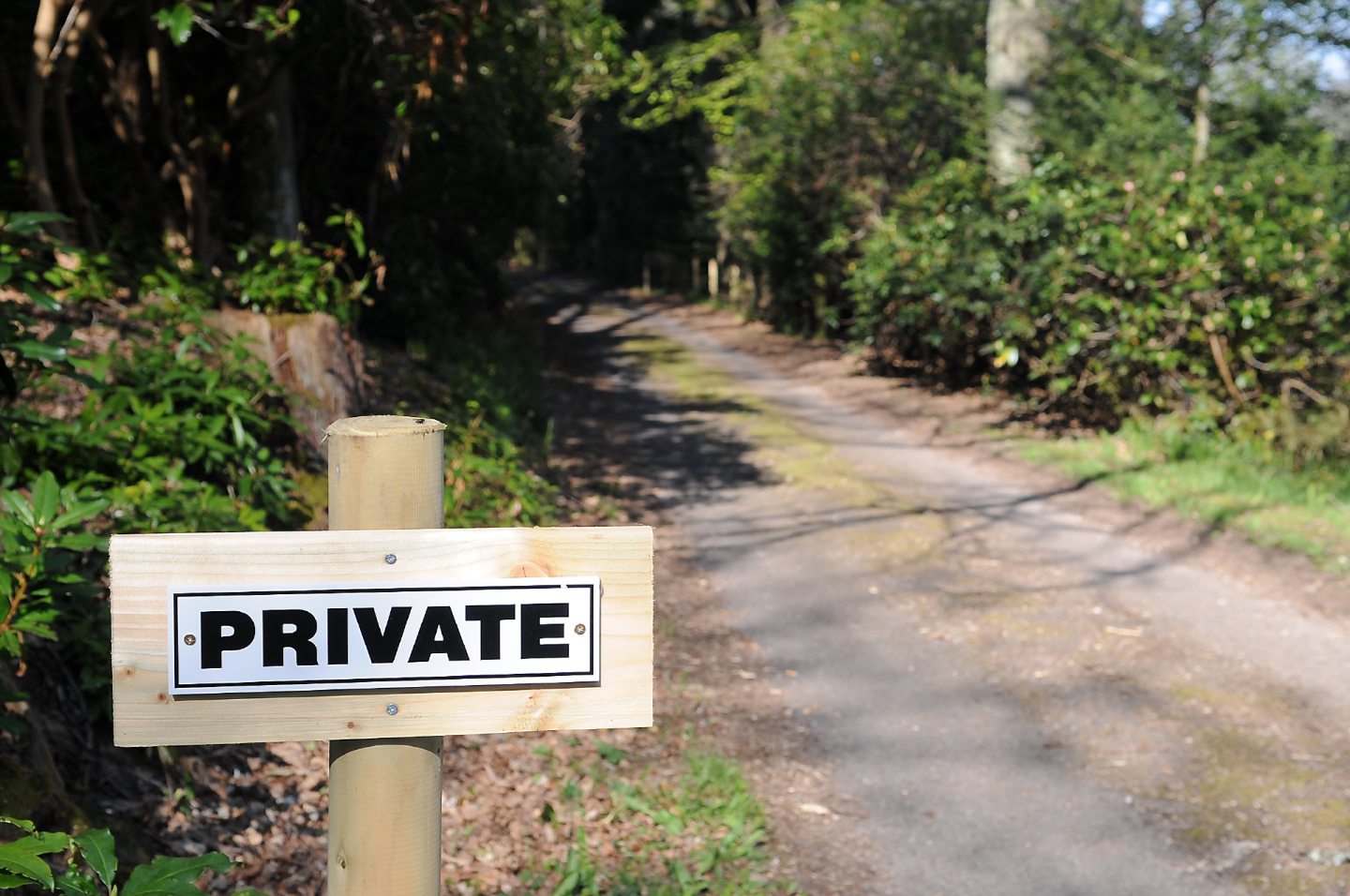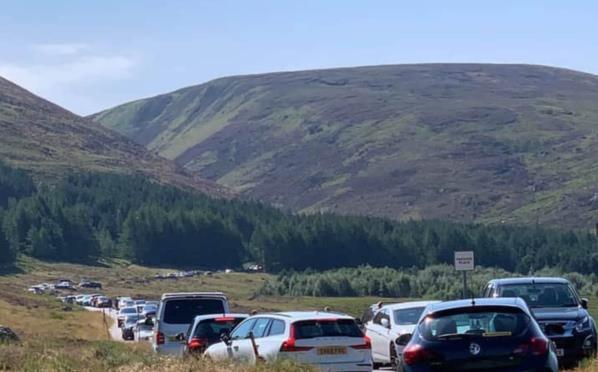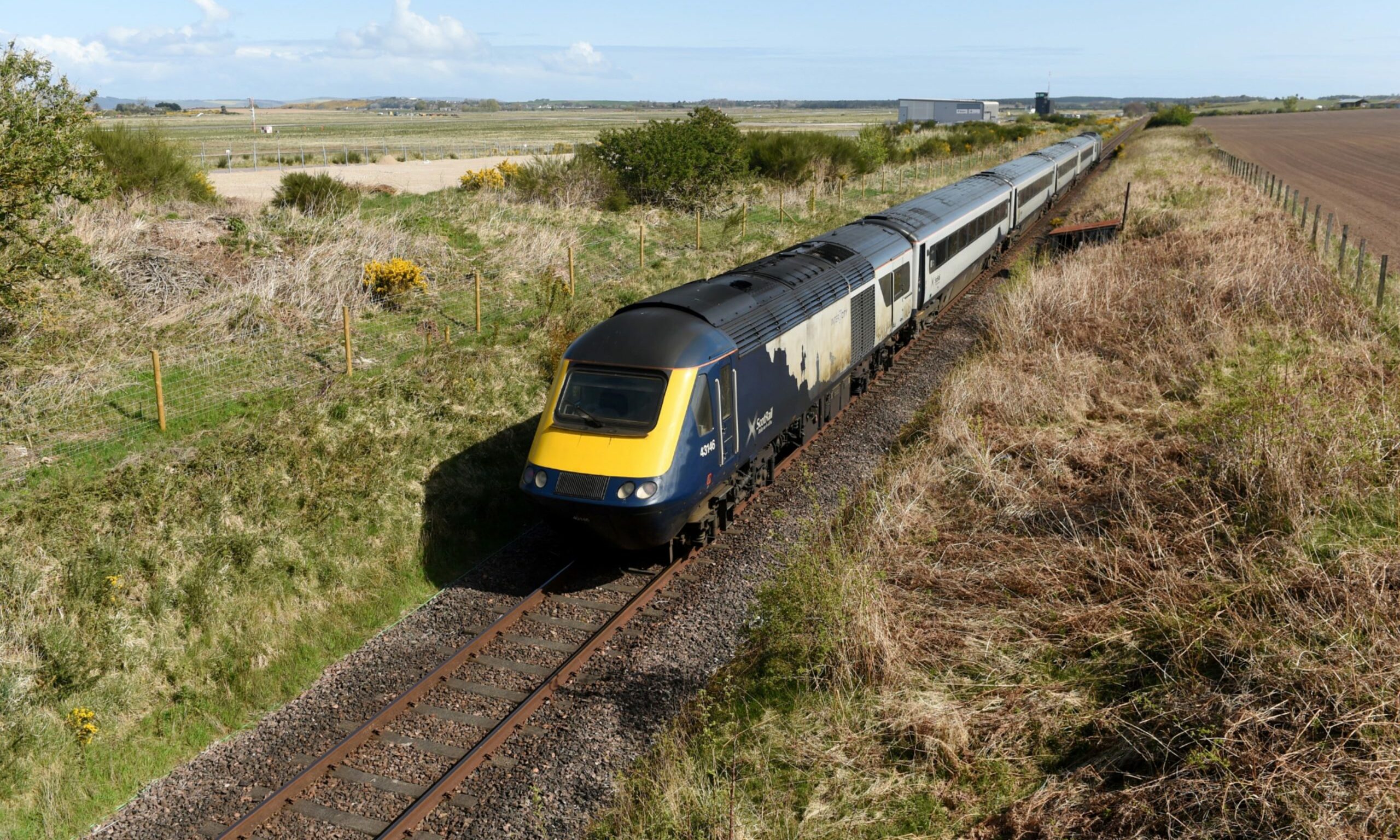Do you know your right to roam from your public rights of way?
How about the Outdoor Access Code’s guidance on where you can and cannot pitch your tent and camp in Scotland?
Is it true there’s no law of trespass in Scotland?
The intricacies of land access rules and laws in our country are often misunderstood, says Malcolm Combe, author of The Scotways Guide to the Law of Access to Land in Scotland.
We sat down for a chat with Malcolm where he explained the basics of exactly how the Scottish land access laws and guidelines work, and seven common misconceptions about the freedoms we have in Scotland’s great outdoors.
Read on to see if you really know your access rights from your access wrongs.
What’s the difference between the right to roam and right of way?
Malcolm said two of the most commonly confused concepts are Scotland’s public rights of way, and the so-called right to roam — also known as the right of responsible access.
Public rights of way, as Malcolm put simply, “have been around in Scotland for ages, and continue to be around in Scotland”.
They are protected routes “From A to B” and include the likes of the Lairig Ghru mountain pass from the Braemar area to Aviemore through the Cairngorms, or Jock’s Road from Glen Doll to Braemar.
They provide users with free access to walk along the whole extent of the route, unrestricted.
But what about the right to roam, also known as the right of responsible access?
And what’s the proper name to call it?
“The ‘right to roam’ is the same thing as the ‘right of responsible access’, it’s just a shorthand name some people use,” explained Malcolm, who is also a senior lecturer at the School of Law at Strathclyde University and formerly of Aberdeen University.
It was introduced in the Land Reform (Scotland) Act 2003, and means you enjoy free access to most land in Scotland — with certain exceptions we’ll come to later — as long as you behave responsibly.
Malcolm continued: “The right to roam is not mentioned in the legislation, ultimately it’s just shorter to say ‘right to roam’ than ‘right of responsible access.'”
Where does the Scottish Outdoor Access Code fit in?
The Scottish Outdoor Access Code is a set of guidelines to follow when out and about to help ensure you’re accessing land in Scotland responsibly in accordance with the Land Reform (Scotland) 2003.
It outlines some basic common-sense principles, such as making sure you’re responsible for your own actions, that you respect other people’s privacy and peace of mind, and that you are taking care to not harm the environment.
The code also gives guidance to land managers in relation to land where access rights apply.
Malcolm compared it to the Highway Code.
He said: “So you’ve got road traffic legislation, but the Highway Code gives us guiding principles that are very influential and persuasive, but don’t quite have the same legal status as a speed limit, for example.”
Now we have the basics down, let’s put some of the most common myths about Scottish land access under Malcolm’s microscope…
1. ‘You can go wild camping wherever you want and there’s nothing anybody can say about it.’
“Not quite,” said Malcolm.
“It’s probably sensible, and polite, to seek permission from any land manager before pitching up for the night, but where that isn’t feasible then it is the case that you can ‘wild camp’ in accordance with the Scottish Outdoor Access Code.
“That means you need to take steps to minimise your impact, and also you need to be sure you are not camping somewhere that is specifically excluded from access rights, such as a field where crops are growing.
“There was actually a legal case a few years ago involving the so-called ‘indycamp’ at the Scottish Parliament, and clearly the tents those campaigners pitched are no longer there.
“Without going into all the ins and outs of that case here, the enforcement action clearly demonstrates pretty clearly that you can’t camp absolutely anywhere you want.”
2. ‘There’s no law of trespass in Scotland.’
Malcolm said this is “an old classic”.
“Needless to say, it’s not that simple.
“There is no doubt that Scotland has some traditions of customary access, not to mention court enforcements against so-called trespassers can be cumbersome at times.
“When you couple that with a comparison to more restrictive laws south of the border, this has contributed to an access-friendly narrative.
“But if there really was no law of trespass whatsoever there would have been no need for the traditional Scottish common law to recognise protected access routes called public rights of way.
“And there would have been no need for the Scottish Parliament to create the right of responsible access, also known as the right to roam.
“Those access rights, contained in the Land Reform (Scotland) Act 2003 and explained in the Scottish Outdoor Access Code, allow you to cross, or be on land or inland water for certain purposes, provided you are ‘responsible’.”
3. ‘You can have a campfire wherever you please.’
“Once again, it’s all about being responsible,” said Malcolm.
“Setting a fire in a way that damages the landowner’s property or when there are local warnings in place about the fact the wider environment where you want to make your lovely campfire is ready to go up like kindling would not be responsible.
“There are also some historic criminal offences about setting fires next to roads and buildings that can theoretically be engaged.”
4. ‘You can walk through gardens if you have to.’
“The right to roam doesn’t allow you to roam through a domestic garden.” Malcolm said.
“The legislation gives every dwelling what might be thought of as a privacy zone around it.
“This isn’t a set distance.
“It depends on the setting and context of the house in question.
“Essentially though, if you think you might be too close to someone’s kitchen window, you probably are.
“Mind you, as I already mentioned, Scotland does recognise defined routes called public rights of way, which have been used for years to go from one public place to another.
“Such a right of way could cross land that is excluded from the right to roam, including a domestic garden.”
5. ‘Landowners can’t put up signs saying access is forbidden.’
Malcolm said: “Landowners can’t act in a way that is purely designed to restrict access.
“That being said, landowners can, and indeed should, put up genuine warning notices about dangerous terrain.
“And, they can put up signage to explain what activities are taking place on that land from time to time.
“What they shouldn’t do is put up blanket notices when the information on such notices isn’t appropriate at all times, or unduly simplistic, or misleading signage.”
6. ‘You can park your caravan or car on any road with no double yellow lines.’
“Access rights don’t extend to caravans or cars,” said Malcolm.
“Accordingly, you should check for local rules about parking for vehicles, for example, there are bylaws at Loch Lomond and the Trossachs National Park.
“And where there aren’t any such rules in play, you need to make sure you park in a way that is safe in road traffic terms, for example as lockdown was eased, there were reports of enforcement by police at beauty spots.
“It might be best to seek permission from a local landowner if you are parking for any length of time outside a designated car park.
“Parking safely by the roadside for the day to allow you to scoot up a Munro should be fine though.”
7. ‘The right to roam let’s me go basically anywhere I want.’
Malcolm explained: “There’s about 10 exclusions under section six of the legislation.
“You’ve got anywhere access is restricted by virtue of another legal provision — the most obvious example of that would be a railway line.
“Then you’ve got schools, fields where crops are growing, where there’s building works, where there’s quarrying, where there’s a garden area connected to a dwelling…
“There’s also other exclusions relating to sports, so sports fields can be excluded when in use, and also synthetic pitches or manicured grass for certain sports, like a golf-putting green, a cricket square, or a lawn tennis court.
“So that will give you a picture of it, but they’re all in section six of the legislation.”
You may also like to read:
- Five of the most stunning walks near Inverness
- Easy Aberdeenshire walks to try with the family
- Five beautiful forest walks in Moray
